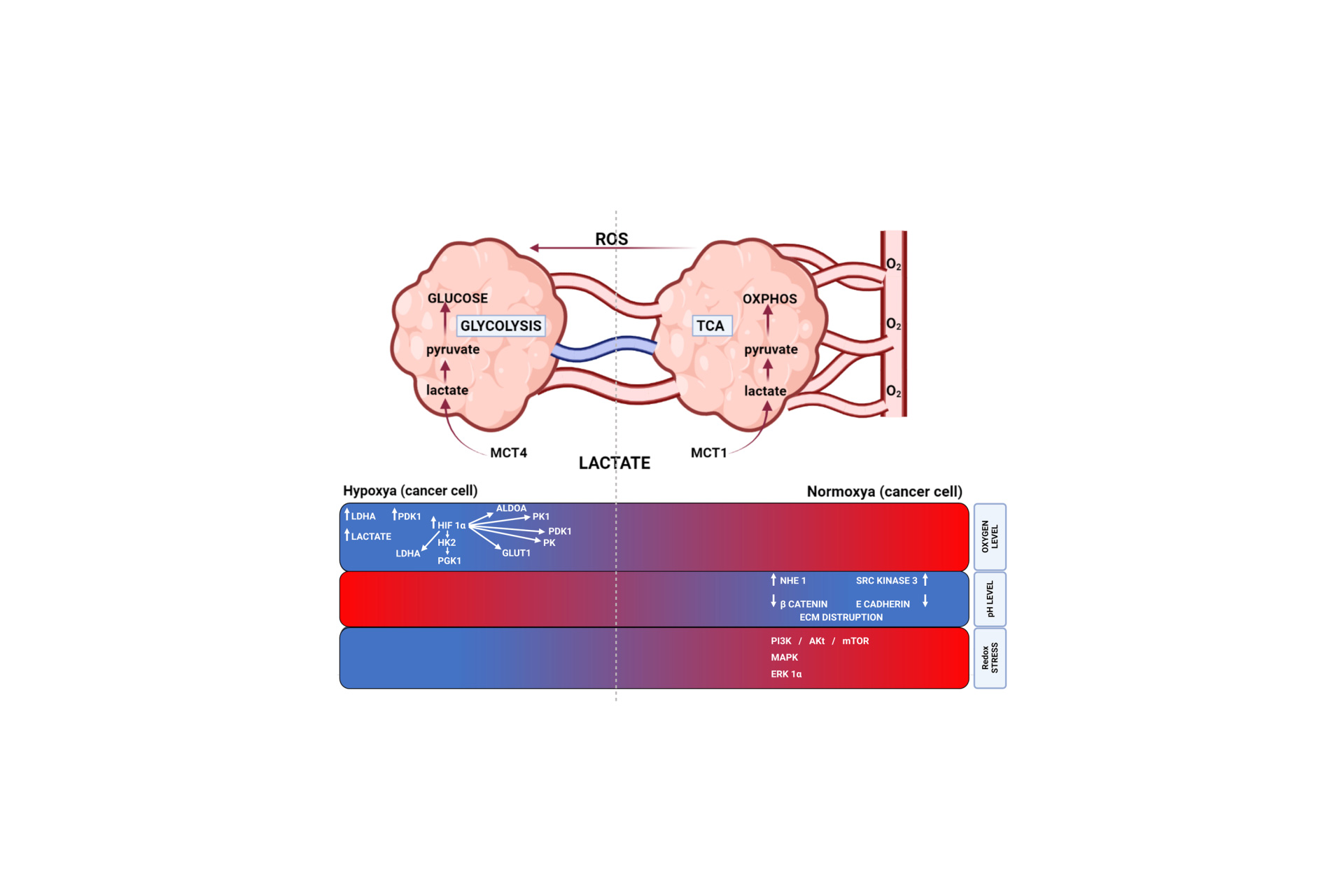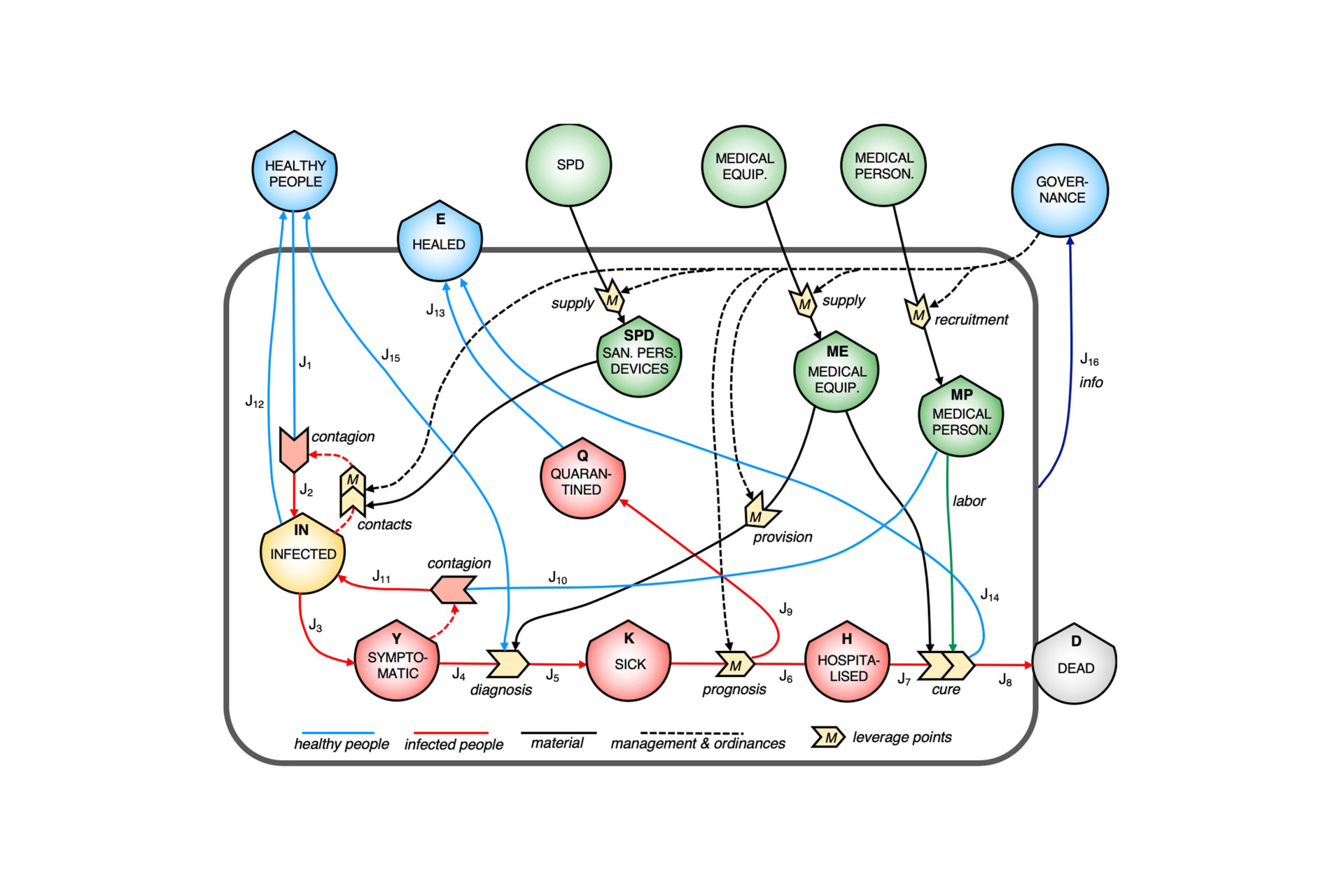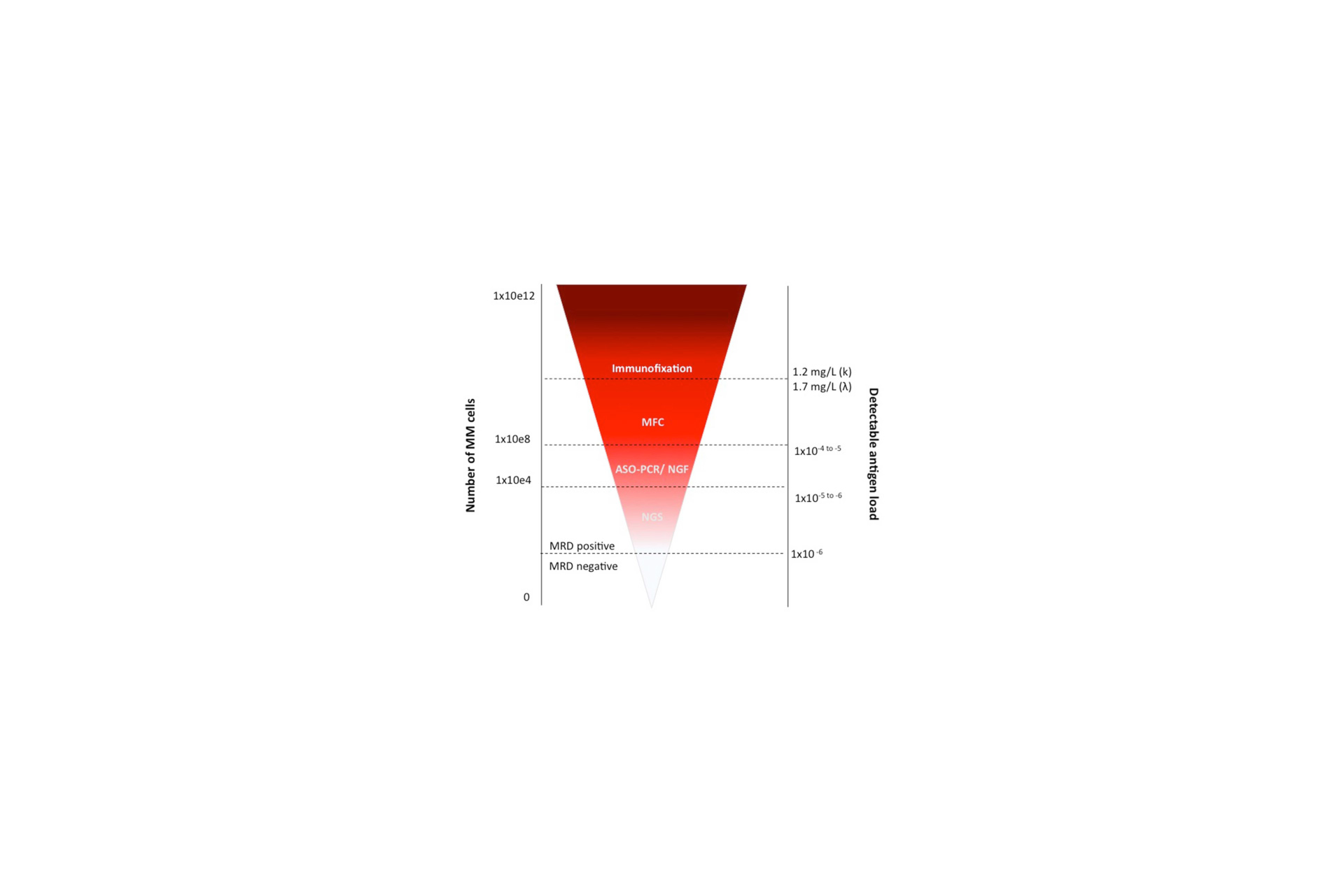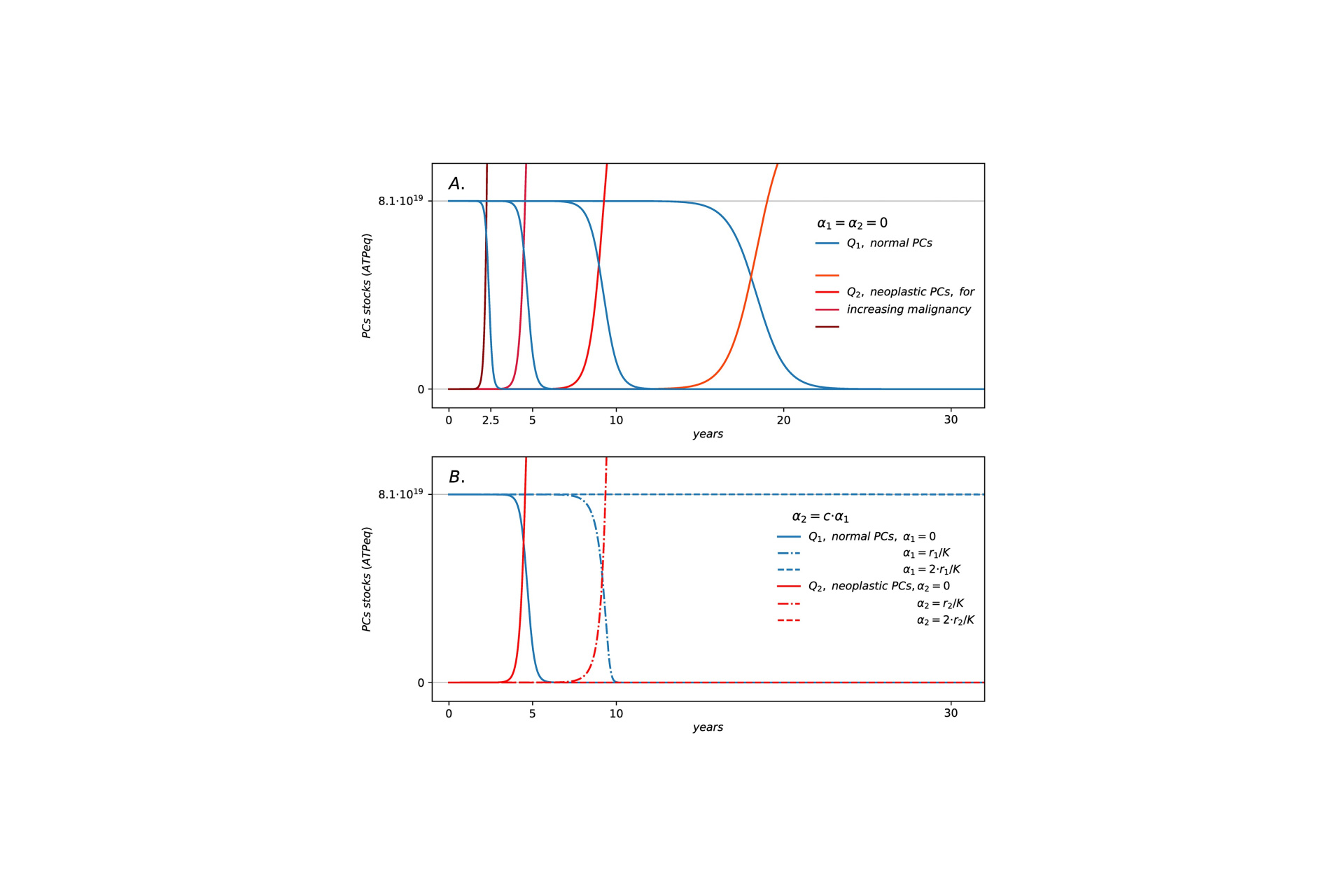Isabella Caligiuri ¹, Canzonieri Vincenzo ¹,², Tomochiro Asano ³, Vinit Kumar ⁴, Flavio Rizzolio ¹,⁵,*
¹ Pathology Unit, Centro di Riferimento Oncologico di Aviano (CRO) IRCCS, 33081 Aviano, Italy
² Department of Medical, Surgical and Health Sciences, University of Trieste, 34127 Trieste, Italy
³ Department of Medical Science, Graduate School of Medicine, Hiroshima University, Hiroshima 734-8553, Japan
⁴ Amity Institute of Molecular Medicine and Stem Cell Research, Amity University, Noida 201313, Uttar Pradesh, India
⁵ Department of Molecular Sciences and Nanosystems, Ca’ Foscari University of Venice, 30123 Venezia, Italy
ABSTRACT
Peptidyl-prolyl cis-trans isomerase NIMA-interacting 1 (PIN1) is a member of a family of peptidyl-prolyl isom-erases that specifically recognizes and binds phosphoproteins, catalyzing the rapid cis–trans isomerization of phosphorylated serine/threonine-proline motifs, which leads to changes in the structures and activities of the targeted proteins. Through this complex mechanism, PIN1 regulates many hallmarks of cancer including cell autonomous metabolism and the crosstalk with the cellular microenvironment. Many studies showed that PIN1 is largely overexpressed in cancer turning on a set of oncogenes and abrogating the function of tumor suppressor genes. Among these targets, recent evidence demonstrated that PIN1 is involved in lipid and glucose metabolism and accordingly, in the Warburg effect, a characteristic of tumor cells. As an orchestra master, PIN1 finely tunes the signaling pathways allowing cancer cells to adapt and take advantage from a poorly organized tumor microenvironment. In this review, we highlight the trilogy among PIN1, the tumor microenvironment and the metabolic program rewiring.






